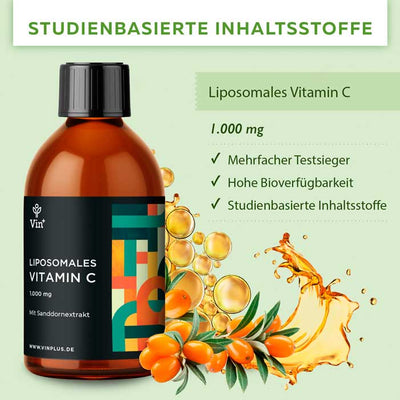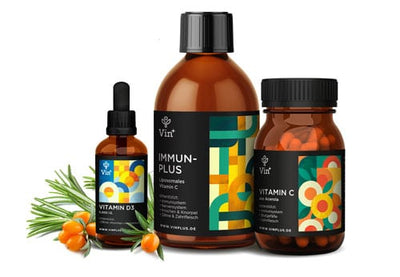Anyone who feels particularly exhausted, constantly tired and listless, and also has a pallor that urgently needs sunbathing, may have an iron deficiency. With the right diet, the problem can be quickly got under control, because the body cannot form iron and the legend of spinach bringing a lot of iron has long been refuted. Nowadays, it mainly affects vegans and vegetarians who suffer from iron deficiency, because there is a lot of iron in meat. The result of too little iron is brittle skin, tiredness and a constant feeling of weakness. Iron deficiency is caused because there is too little hemoglobin in the red blood cells, resulting in no or too little oxygen being transported. If all reserves are used up in this way, it can even lead to anemia or, in medical terms, to anemia. This can then only be stopped with medication, but it is not life-threatening.

foods high in iron
If you want to make it easy for yourself, which is absolutely permissible, you should stock up on iron tablets. Those who prefer to get their iron from food should consider their diet, as iron can be formed quickly with some foods. The body has a need for iron of around 1 to 2 milligrams per day and this can be met with a balanced and intelligent diet. Vitamin C plays a major role in iron absorption, which can be achieved by consuming plenty of juices or foods high in vitamin C. However, it also helps if the food is regularly sprinkled with lemon, which specifically combats iron deficiency.
The following foods are guaranteed suppliers of iron:
- Poppy
- millet
- sesame
- green beans
- amaranth
- Dried apricots
- wheat bran
- Oats
- linseed
- porcini mushrooms
- sugar beet syrup
- broccoli
- Boiled Lentils
- Chickpeas
- crispbread
But there are also foods that can inhibit iron absorption, if these are ingested at the same time as iron-rich foods, all the effort is useless. Iron inhibitors include tannins found in black tea, coffee and red wine. There are also phytates, which can be found in nuts and small ones. Oxalic acid is found in spinach or rhubarb and phosphate is found in cola and sodas. Furthermore, those who complain of iron deficiency should avoid finished products that have many additives.
What about spinach?

For decades, spinach was considered the ultimate supplier of iron, but this assumption was refuted some time ago. There is some iron in spinach, but not in the amounts that have long been thought. Spinach only has about 4.1 milligrams of iron per 100 grams, and that's really not excessive . The iron suppliers are lentils, regardless of whether they are red, brown or green. Anyone suffering from iron deficiency should eat as many of them as possible, but other foods such as white beans or soybeans are also extremely suitable. Rolled oats are also a good source of iron, but wheat, rye, barley and unripe spelt are in no way inferior to it. Even more foods that contain a lot of iron! Unfortunately, fresh chanterelles are available all year round, as they too are at the top of the list of iron suppliers. After all, 100 grams already contain 6.5 milligrams of iron, but the dried ones are not without, because with them the value even rises to 17.2 milligrams in 100 grams. However, these good values only exist with chanterelles, other types of mushrooms see in point Iron rather pale on the other hand. Black salsify is the vegetable when it comes to getting enough iron. But they shouldn't come out of a can or a glass, they should be fresh on the table.
They can come up with a quantity of 3.3 milligrams per 100 grams. Many probably did not expect that, but wholemeal rye bread can also be included when it comes to iron. Just one slice of it can contribute to more iron in the body. After all, 100 grams have 3.3 milligrams of iron in them. When it comes to iron in food, people immediately think of meat, that's not quite right, of course there is a lot of iron in it, but poultry shouldn't be forgotten either. A roast chicken thigh has at least 2 milligrams of iron. If you want even more iron, try liver. Here 100 grams even contain the enormous amount of 9.2 milligrams of iron. By the way: A lot of iron can also be found in duck, goose and a young turkey. Meat is still considered the best source of iron, and that's right, because the human body is the best at utilizing the iron in meat and can also store a certain amount. Offal have an even higher proportion, but are not as popular and certainly not if they are to be served more often. In fact, you shouldn't eat them that often because they may contain harmful substances. Seafood lovers are in luck, as oysters, mussels, deep-sea prawns, shrimp and crab are also high in iron and when consumed, they go straight into the body.








